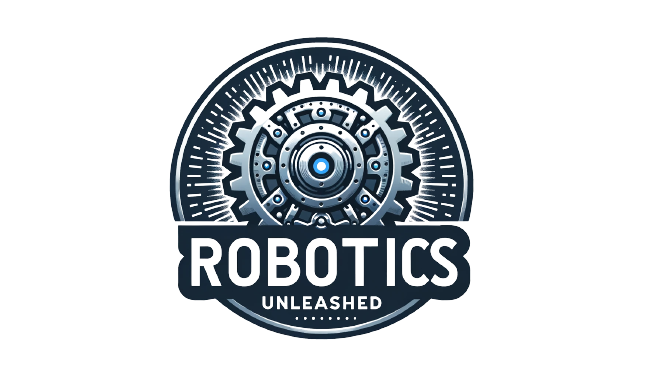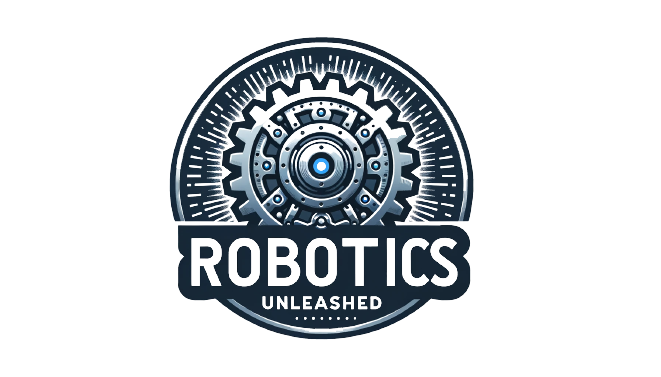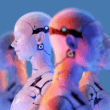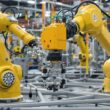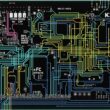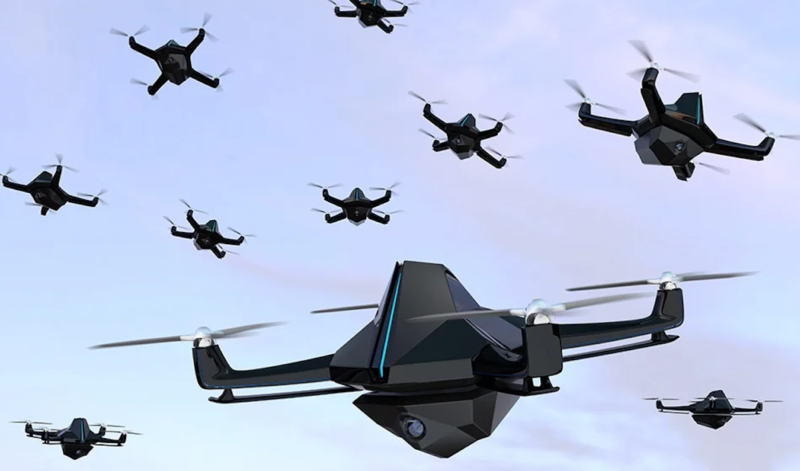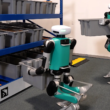Swarm robotics is an increasingly prevalent concept, garnering considerable attention in today’s tech-savvy world. Representing an exciting intersection of robotics and artificial intelligence, swarm robotics is set to transform countless sectors. From agriculture and disaster management to the healthcare industry, the potentials are as vast as they are varied.
Explanation of Swarm Robotics
Simply put, swarm robotics is a new approach to coordinating large numbers of relatively simple robots in a decentralised manner. Inspired by nature and the behavior of social insects like ants, bees, and termites, swarm robotics focuses on local interactions among robots and between robots and their environment
The basic structure of a swarm robot includes sensors to perceive the environment, actuators to interact with it, and an onboard computer to control the above functions. Swarm robotics is driven by algorithms that facilitate cooperative behavior, adaptability, and robustness, emulating nature’s swarms.
History and Evolution of Swarm Robotics
Swarm robotics traces its roots back to the early 1990s, with initial experiments focusing on simple prototypes and principles. The real stride occurred when scholars and researchers began mirroring the complexity and efficiency found in nature. The key was to create a decentralized system wherein a set of robots could work together, performing complex tasks that a single robot could not.
Today, swarm robotics has evolved into a rich multidisciplinary field, spurred by technological advancements in AI, sensor systems, and miniaturization.
Application Areas
Swarm robotics finds varied applications in several sectors. In military and defense, swarm robots are used for surveillance and reconnaissance, while in agriculture, they facilitate precision farming and crop monitoring. They have proven exceedingly useful in remote or inhospitable environments like the deep sea and outer space because they can work collectively to adapt and overcome challenges. For disaster management, swarm robots are invaluable for search and rescue, especially in hazardous zones. Finally, they are beginning to find applications in medicine and healthcare with robots working together for tasks such as targeted drug delivery.
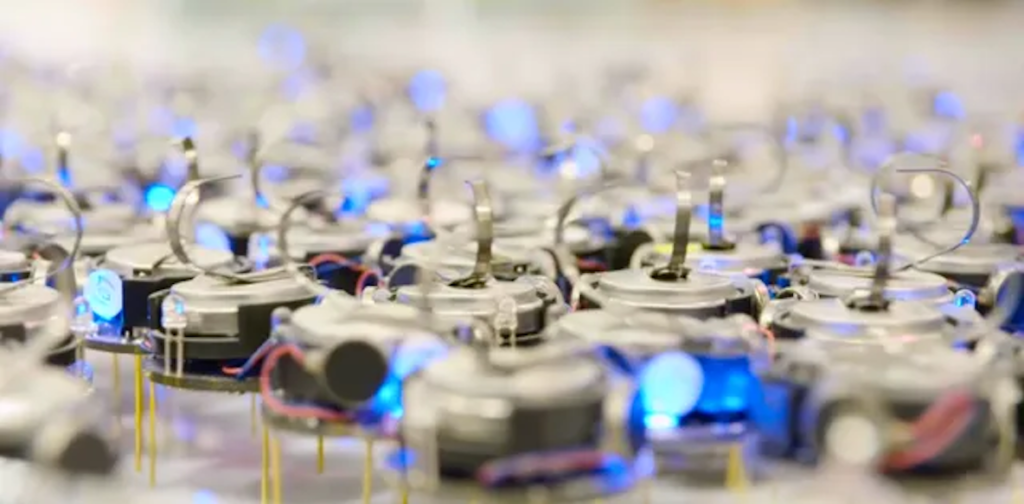
Benefits and Potential Impact
Swarm robotics brings in numerous advantages like scalability, flexibility, and cost-efficiency. Their cooperative behavior allows for the quick execution of tasks on a much larger scale. Each robot in a swarm is generally simplistic and inexpensive. If one robot fails, the others can continue, providing a fault-resilient approach.
Current Challenges and Limitations
Despite the promise, numerous challenges exist. For starters, designing and implementing algorithms for stable swarm behavior is complex. Ensuring consistent communication among swarm robots is another considerable challenge. Moreover, there are ethical considerations concerning the use of swarm robots in surveillance and military applications, raising concerns about privacy and lethal autonomous weapons. The public perception of swarm robots also needs to be managed carefully.
Future Prospects of Swarm Robotics
Nonetheless, the potential for advancement in swarm robotics is exponential. As research continues, it’s safe to predict that swarms will become more sophisticated and capable. Exploration of swarms for complex medical procedures and more adaptable disaster management are just a few burgeoning fields.
Conclusion
The evolution from single-robot systems to multi-robot systems in the form of swarms marks a significant milestone in the robotics industry. As the concept of swarm robotics continues to progress, it holds the potential to transform various sectors of society, demonstrating a promising pathway to our future.
